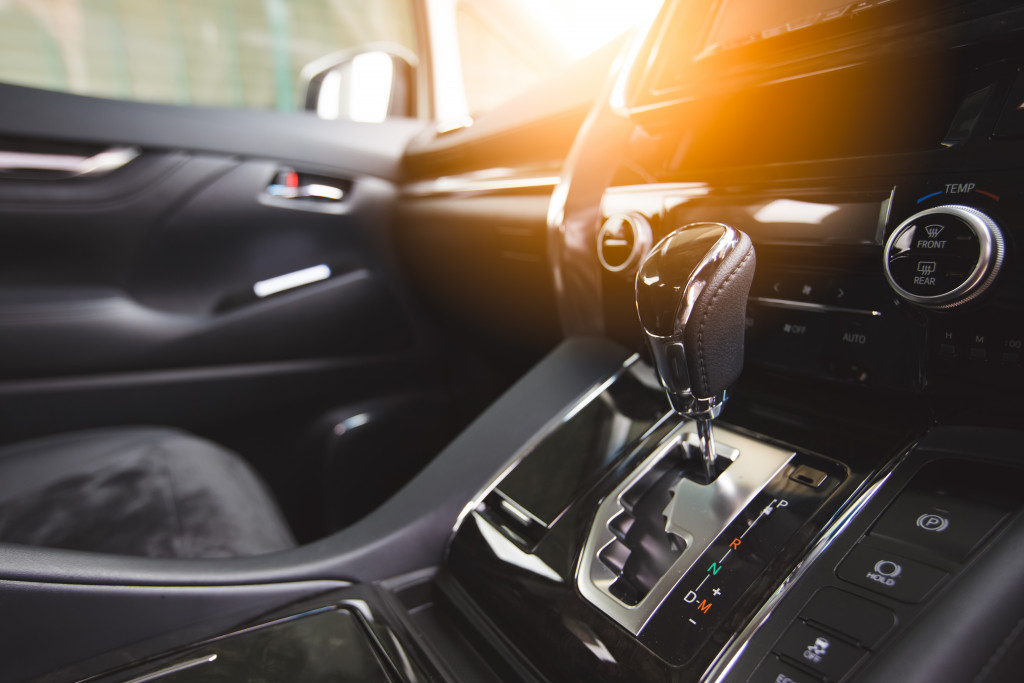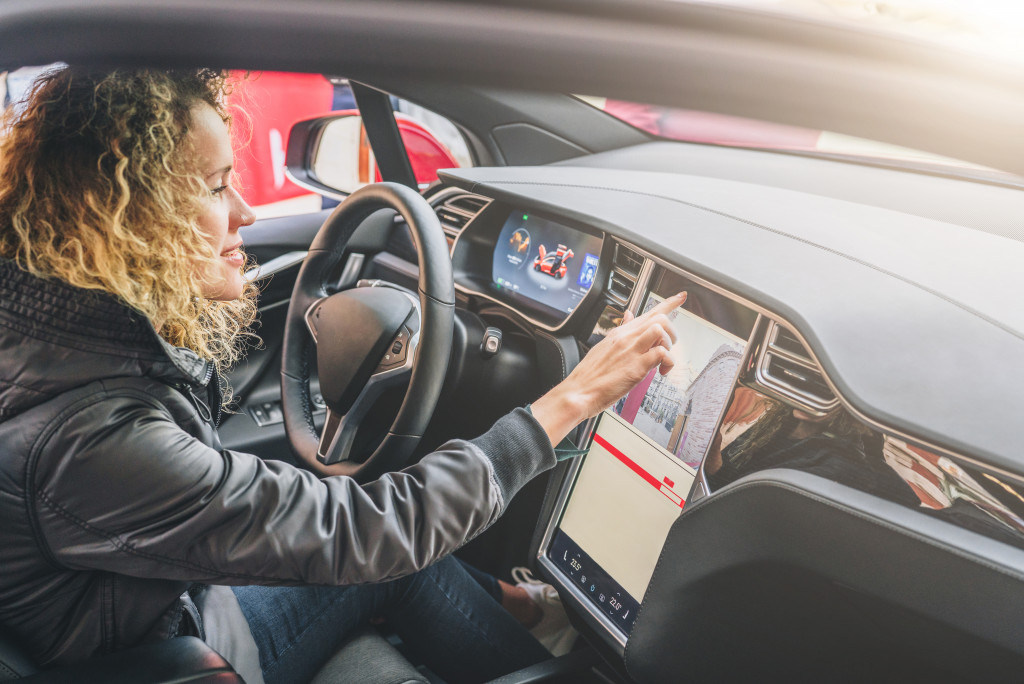The contemporary digital world has drastically influenced several important businesses, including car production. Automotive technology has developed over the previous decade. Currently, sophisticated cars can reach speeds of up to 300 miles per hour, while towing loads reach 50 tons. The next decade will see some incredible automobile innovations become available to the public.
Transformative Capability
The most impressive innovations today are transformative cars. These are not the traditional “transformers”-type vehicles; instead, they are a new kind that includes customizable panels. These panels have a powerful motor that powers side panels and a retractable roof with a very light structure.
A vehicle capable of transporting both passengers and freight can transform from a family SUV to a truck with an open bed when you need extra cargo. Automated vehicles are also on the verge of being real.
Full Access to the Internet
There is still more progress to be made in vehicle internet integration that goes beyond the present GPS technology. In certain cases, whole TV systems are implanted into different regions depending on the vehicle’s architecture. Rear seat screens have been here for years, but there will soon be screens in the front seat for self-driving cars as well.
Moreover, you can use your car as a hotspot for other devices. As long as your vehicle is connected to the internet, your gadgets will receive advertisements as well as other information. You can access the same podcasts, applications, and streaming platforms on your phone with this new technology. Of course, you will still have to pay the same monthly fees.
Biometric Access
Similar to the new iOS safety features, engineers implemented a new design for automobile doors. A fingerprint or other identifying feature is all that is required to gain access. The popularization of keyless car ignition is rising, but you still need to carry the gadget on your key ring. You won’t have to bring anything other than yourself when going for a drive. No one, except approved users, will be able to drive or even get into your automobile using this technology.

Driver Override Systems
It may come as a surprise to some drivers that even without pressing the brakes, some vehicles will come to a complete stop. Because of these safeguards integrated into autonomous vehicles, they are actively protecting themselves from dangerous circumstances.
This new override system will maintain this policy, even if the driver is at top speed. Such technology is beneficial for newer drivers who have not yet developed the skill to hit the brakes on time.
Health-Monitoring Car Seat Technology
Along with helping to ensure the well-being of automobile passengers, car seats can also contribute to overall wellness. Passenger-based mobility vehicles in the future may be able to monitor their passenger’s health, for example, via sensors in the seat belts and upholstery that detect a user’s heart rate. If the sensors pick up on a rising pulse, a calming massage regimen or even contacting paramedics may be triggered.
Safety Features
Most cars have standard safety equipment; such include seat belts and airbags. Manufacturers have terms for the range of vehicle safety measures they design; an example is Ford’s in-car system, called “Co-Pilot 360.” Autonomous driving can aid drivers to be safer while also providing semi-autonomous capabilities.
- A blind-spot warning system. This car function uses sensors to warn the driver if another vehicle is in a blind spot. An icon or light shines in the side mirror if there is one. In other scenarios, the vehicle could give an audible warning to the driver if they try to change lanes when it detects another car in its blind spot.
- Lane-keeping assistance. In addition to detecting road conditions, there are sensors used to maintain the car in your current lane. If you have this option activated, it will alert you whenever your car drifts out of the lane. This is aimed at preventing distracted drivers from getting into accidents.
- Self-regulating brakes. Using cameras on the car’s front, the vehicle’s computer system can adjust to traffic speed, regardless of cruise control use. It allows you to set a distance on how far apart you’d want to keep your vehicle from another vehicle in front of you. Your automobile will alter its speed if the traffic also slows down.
Whether these safety features are available for your car or not, taking courses on defensive driving is still a guarantee to reduce your likelihood of accidents.
Final Thoughts
The revolution of vehicle technologies will arrive in a few years. Self-driving features have already appeared in the marketplace, but this will eventually become the norm as the decade ends. The advancements we have made in vehicle technologies aren’t even half of what we’ll see in the future.

